Description
A shrubby perennial. The strongly branched root, produces square, finely hairy stems,and is woody at the base. Leaves are gray-green, textured, opposite, downy, entire or finely crenate. The floral leaves are ovate, ovate-lanceolate. Purple, blue or white two lipped flowers grow in whorls that form terminal racemes. It is commercially cultivated for a kitchen spice.
Grows wild in southern Europe. Fresh and dried leaves are used to flavor foods The flowers are tossed in salads. It is a antihydrotic, galactophygous, antispasmodic, and astringent. It helps reduce perspiration, and stops the flow of mother’s milk. A tea is also used historically for nervous conditions. Steep 1 teaspoon of the leaves in 1/2 cup water for 30 minutes. Take 1 cup a day, a tablespoon at a time. Extended or excessive use can cause symptoms of poisoning. The crushed fresh leaves are used to put on insect bites.
Origin(s): Egypt, Italy, Turkey, United States.
Latin Name(s): Salvia officinalis
Also known as: Dalmatian sage, garden sage, common sage.
Plant Part(s) Used: Leaf.
Appearance: Grayish-green.
Aroma: Pepper-like.
Taste: Bitter.
GMO Status: Non-GMO.
Allergen: None.
Additives: Free of any additives or preservatives.
Applications / Preparations: Can be put into capsules, teas, flavoring for various foods or infused as an herbal extract. For cosmetic use can be put in salves, balms, ointments & body washes. For aromatic use can be added to incense blends. For decorative use can be added to potpourri mixtures & herbal displays.
Storage: Store in a sealed container in a cool, dry place.
Shelf Life: It is very difficult to pin down an exact expiration date for most single herbs as they do not really expire, they lose potency or strength over time but will still have value. Unlike synthetic material or drugs, herbs can contain many constituents that contribute to their medicinal effects. Even if when we know what the active constituents are, there are often many of them in a single herb, each with different rates of degradation. Some herbs lose their effect more easily. Other herbs that possess more stable compounds such as alkaloids or steroids will last much longer.
A huge part of the degradation rate of herbs depends also on the storage conditions of the herb, & even on the quality of the herb before storage – how it was grown, harvested, dried & processed. If the product is left in hot places or open to sunlight then it will degrade much quicker than if it was stored in cool, dry place & sealed tightly.
A good rule of thumb is that herbs should be stored no longer than 2-3 years but many herbs will have great strength much longer than that. To determine if a an herb is still good you can check the appearance & aroma. Herbs that are no longer acceptable will have lost much of its vibrant color & will instead appear dull & faded. The bigger key though is to smell the raw materials to see if the potent aroma is still present.
Note: If consumption exceeds use as a spice then not for use in pregnancy or breastfeeding except under the supervision of a qualified healthcare practitioner. Ask our Certified Master Herbalist for assistance.
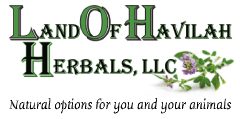
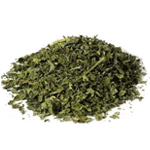
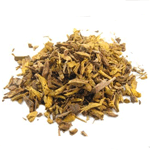
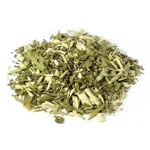
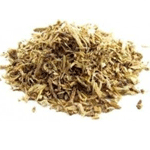

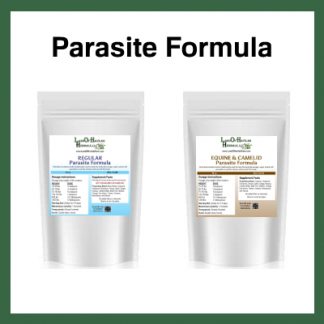
Reviews
There are no reviews yet.